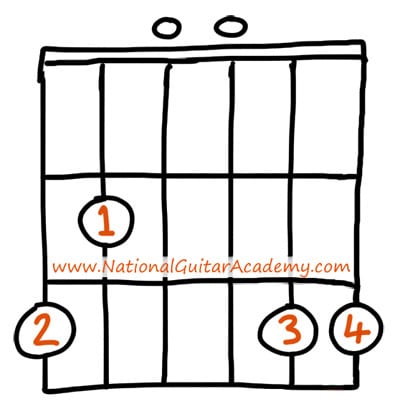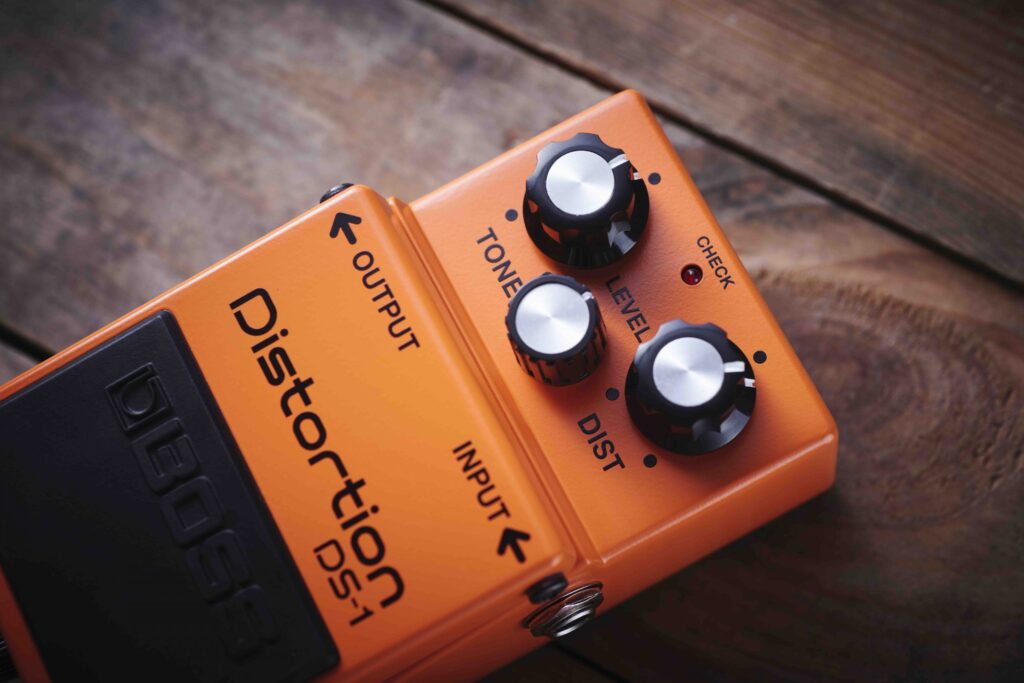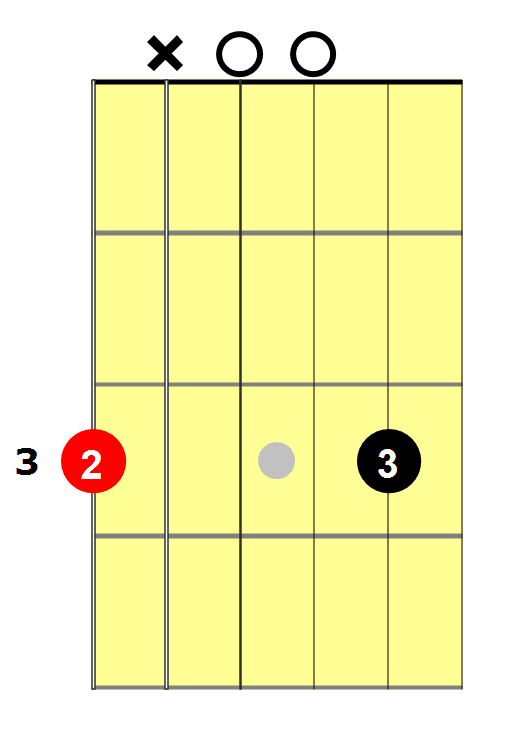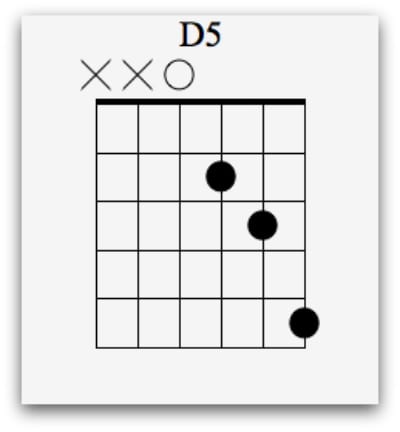Want to learn how to play electric guitar chords? Then look no further! Here is our ultimate guide to learning electric guitar chords.
In this free guitar lesson you will learn:
- 30 epic electric guitar chords which will make you sound amazing.
- 5 must-know lessons that will enhance the sound of your guitar chords.
- The no1 secret to learning guitar chords quickly.
- 3 iconic electric guitar chord riffs.
Over 100,000 guitar-learners get our world-class guitar tips & tutorials sent straight to their inbox: Click here to join them
What Are Electric Guitar Chords?
Electric guitar chords are EXACTLY the same as acoustic guitar chords. There is NO difference.
When we talk about electric guitar chords, we’re referring to chords which sound better on an electric.
Some chords sound better on electric than acoustic and vice versa.
The only difference between is that electric guitar chords are amplified, and acoustic chords are not.
To learn more chords, go here:
Power Chords
Power chords are THE most popular electric guitar chord.
Power chords are exactly the same as a regular major or minor chord, however a power chord uses less notes.
Let’s compare.
G Major Chord
G Power Chord
(If you don't understand the above image please read our article "How To Read Guitar Chordboxes In 60 Seconds". It will make everything clear!)
Can you see how the first two notes of each chord, are identical? Power chords are suitable for electric guitar as they use less notes.
Quick Tip! The main aim when playing electric guitar chords is to use less notes in a chord.
How Do I Play A Power Chord?
To play the main barre chord shape, you only need to use two fingers.
Those fingers are:
- 1st finger.
- 3rd finger.
For this example, we’re going to use the key of G.
Here’s a ‘G power chord’. Also known as ‘G5’.
- Place your 1st finger on the low E string. (6th string.)
- Place your 3rd finger on the A string. (5th string.)
The trickiest part about playing power chords is muting the rest of the strings. To learn how to mute strings whilst playing power chords, watch this video:
To learn more about power chords, go here: How To Play Guitar Power Chords
Learn 12 EASY beginner chords with our popular guide

✅ Stop struggling. Start making music.
✅ Learn beginner-friendly versions of every chord.
This is our most popular guide and it will improve your chord ability quickly! 😎
Get your own personalised guitar-learning plan 🎸
Get a custom guitar-learning plan here: Click here for GuitarMetrics™
World-Class Guitar Courses 🌎
Learn from the world's best guitar educators: Click here for our guitar courses
Power Chords In Different Keys?
Power chords are moveable shapes.
This means you can get over 22 different chords out of 1 power chord shape. Pretty impressive right?
Here’s how you do it:
- To change the key of a power chord, you must change it’s root note.
The root note, is always the first note in a chord.
For example, the root note in a G power chord is on the low E string.
To change the key of this chord, we must move it to a different fret. Here are the root notes on each fret of the low E string:
You could move this power chord shape to any fret to change the key.
For example, if you wanted to play an F power chord, move your power chord shape to the 1st fret.
As a challenge try:
- Playing a power chord shape on every fret of the low E string. (6th string.)
Power Chords on Different Strings?
Power chords can also be played on the A string. To do this, move the EXACT same shape onto the A string.
Let’s try this in the key of C.
To play this chord:
- Put your 1st finger on the 3rd fret of the A string.
- Put your 3rd finger on the 5th fret of the D string.
Can you see how this is the same shape as a G power chord? All we’ve done is move the shape to a different fret.
You can also change the key of a power chord on the A string by changing the root note.
To do this, move your power chord to a different fret on the A string.
You must know what the root notes on the A string are to do this, here they are:
To change the key of this power chord, move it to a different fret.
Pro Tip: Want to spice up your electric guitar chords? Throw a distortion pedal in the mix and let your rock & roll flag fly high.
We absolutely love the BOSS DS-1 for its simple control scheme and massive tone, and we highly recommend that beginner guitarists give this pedal a whirl in front of their favourite amp.
Other Electric Guitar Chords?
The most common power chord shape is used on the E and A strings. However, it is also possible to transform standard open chords into electric guitar chords.
Let’s find out how.
In this section we’re going to turn the following chords into power chords:
- G.
- C.
- D.
- E.
- A.
ALL of these chords will sound fantastic with a cranked up amp.
G5
What About Minor Chords?
Here’s a cool guitar tip which will boost your chord knowledge.
Power chords work over ANY major or minor chord.
Regardless of whether your chord is major or minor, you can use a power chord.
This is THE secret to learning electric guitar chords.
Learning How To Use Your Guitar Amp
Even though it’s important to learn electric guitar chords, they do not dictate how good you sound.
To sound good when playing electric guitar chords, you must know how to set up your guitar amp.
Let’s go through each of the main controls on an amp.
The ‘Gain’ Knob
This dictates how much distortion is on your guitar sound. For less distortion, keep this control down low. For more distortion, turn it up.
The ‘Bass’ Knob
This control adds more bottom end to your guitar signal.
If you want your guitar to sound huge and powerful, add more bass. If you want to tighten up your guitar sound, use less bass.
The ‘Mid’ Knob
On most guitar amps this control is either called the ‘mid’ control, or the ‘middle’ control. This controls how ‘honky’ your guitar sounds.
To cut through a mix, dime the mids. For a smoother sound, bring the mids back.
The ‘Treble’ Knob
This controls the level of top end to your guitar signal. Want more clarity and definition? Turn the treble amp. Going for a softer tone? Dial this control back.
The ‘Presence’ Knob
This is a lesser known control, however it’s important to understand as it adds brightness to your guitar sound. It’s like a treble control on steroids!
The ‘Master’ Knob
This controls the overall volume of your amp. Turn this control up!
The most powerful tool you have as an electric guitarist is your amp. If you want to sound epic, learn how to use the controls in detail.
What’s The Perfect Guitar Sound?
When it comes to guitar tone, there are two types of guitar sound.
- A Clean Sound.
- A Dirty Sound.
Let’s look at how to set up your amp for each of these sounds.
The ‘Perfect Clean Tone’
This amp setting is fantastic for clean sounds. Perfect if you’re playing indie music or pop.

We’ve also used less bass and mids, and more treble and presence. When playing clean, we want AS much sparkle as possible.
To add ambience, use a small amount of reverb or delay.
The ‘Perfect Crunch Tone’
The amp settings for a crunch tone are drastically different to a clean sound.
Here are the amp settings for the perfect crunch tone.
Notice how the gain isn’t all the way up. If you use too much gain, your guitar sound will become mushy.
As well, we’ve used a considerable amount of bass and mids, this will make your guitar sound huge and chunky.
On your crunch sound, it’s best to use a dash of reverb. Too much reverb gets in the way of a crunch guitar sound.
One of the best parts about learning electric guitar is learning epic riffs. Check out this epic list of riffs by Guitar World: The 20 Best Rock Intros Of All Time
When Can I Use These Sounds?
Varying your amp sound is a fantastic way of adding texture and dynamics to a song.
For example, in a verse, you may want to be discreet and use your clean channel.
In a chorus, you could step on the crunch channel to bring out your guitar sound.
Get our best guitar tips & videos
Where should we send it?














